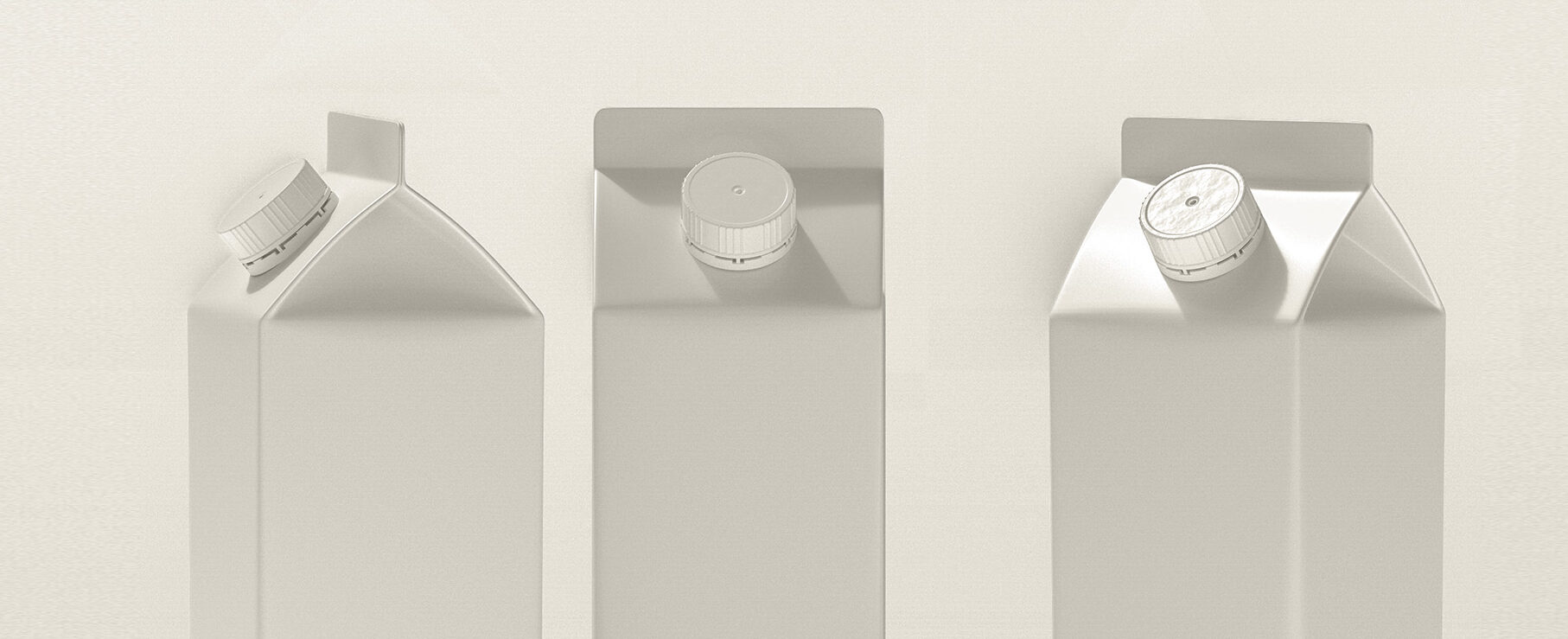Send us your feedback
Here you can send us feedback on the Maxess-website. Please describe the problem or what’s missing in a clear way, and on what page you found the issue. Thank you so much for your help!
X-ray scattering helps a global packaging company to optimize the polymer films
“How to make the production of packaging materials more sustainable?” is the subject that world-known company, Tetra Pak is interested in. To answer this question and engage in the thorough characterization of polymer films, the company turned to MAX IV laboratory. By observing the deformation of the material under small-angle X-ray scattering, researchers were able to collect high-resolution data that will be beneficial in the optimization of the material.
Challenges of working with polymer
Polymer films used in the packaging of millions of products are quite unpredictable. When used in production, they are subjected to mechanical deformation. This is the part impossible to predict what will be the result of the change.
During the production of the material, molten polymer is cooled at a high flow speed. As a result, molecules of polymer are cooled quickly and always in different structures which creates challenges for small-angle X-ray scattering.

Polymer under X-ray light
The research was conducted at Petra III synchrotron in Hamburg in collaboration with the Research Institutes of Sweden (RISE) and a team from Niels Bohr Institute and the local Petra III staff Dr. Matthias Schwartzkopf and Prof. Stephan Roth.
In-situ tensile stress testing (TST) used during the study provided high-resolution data obtained during the stretching process in real-time as well as relaxation processes, with a time resolution of 1 s.
The future of Polymer films
The obtained data was essential in studying the deformation differences of the material during the various phases of the deformation process. By spotting the differences in structures, scientists will be able to come up with techniques that will optimize the material and explore its functionality. The study will also contribute to sustainability by providing more efficient production of polymer materials.
“With the developed methodology, we can characterize and compare morphology, structure and material orientation after manufacturing and during mechanical deformation of thin extrusion coated polymer films”
Anna Svensson, Technology Specialist at Tetra Pak
Contact Partners
Case Details
Tetra Pak Packaging Solutions AB
LSRI-initiative at RISE



